Wisconsin's Covid Condition: Vaccine Mandates and a Booster Debate
Hospitalizations related to COVID-19 have hit their highest levels in the state since the start of 2021 with even more demand for intensive care, with national and local vaccination requirements growing in response to the pandemic's Delta wave.
By Will Cushman
September 10, 2021
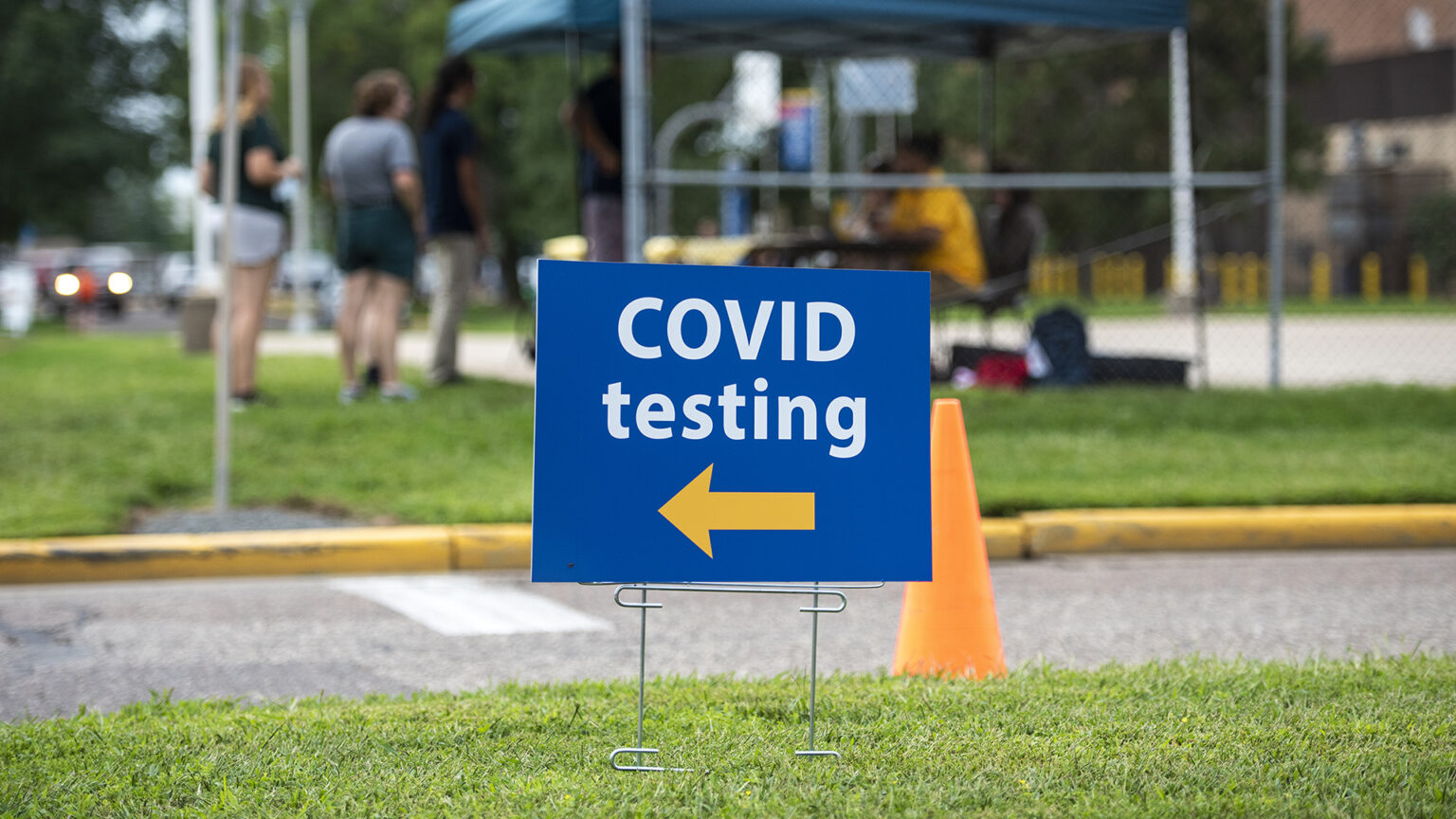
A sign points to a location on UW-Eau Claire's campus where students can be tested for COVID-19 on Aug. 28, 2021. (Credit: Angela Major / Wisconsin Public Radio)
After starting to rise again at the end of July, new cases of COVID-19 have plateaued in Wisconsin over the early days of September. Yet the Delta variant continues to spread rapidly around the state, with infections spiking particularly quickly in areas with lagging vaccination rates.
In response to similar circumstances across much of the United States, the Biden administration has announced broad vaccination requirements for most federal employees and contractors, health care workers and organizations employing at least 100 people. At the same time, federal officials are weighing whether to approve booster shots for fully vaccinated individuals as infectious disease researchers examine the role of breakthrough cases in spreading the coronavirus.
As students and teachers return to in-person instruction, school districts across Wisconsin are facing particular urgency over the prospect of another fall wave of cases — once again, schools are a place where the virus is spreading readily. Meanwhile, COVID-19-related hospitalizations and deaths in the state are continuing to climb past levels not seen since the previous winter. Here’s the status of the COVID-19 pandemic in Wisconsin.
Hospitalizations, deaths climb higher
While the rate of new confirmed COVID-19 cases has leveled off in early September, hospitalizations and deaths caused by the disease are still rising, according to data from the Wisconsin Department of Health Services.
More than a month into the Delta-fueled spike in cases, COVID-19 deaths have grown as well, reflecting the lagging status of this pandemic metric. The 7-day average for newly confirmed deaths rose to 13 on Sept. 9. That’s the highest average since mid-February, though it remains well below a peak of 57 reached in December 2020.
Statewide, there were 1,047 COVID-related hospitalizations on Sept. 10. This measure has exceeded 1,000 over several days in early September, marking its highest level since early January. Among those hospitalized for COVID-19 on Sept. 9 were 322 patients receiving intensive care. That’s the highest number for that measure since Dec. 15, 2020.
There were fewer than 10 ICU beds available in four of Wisconsin’s seven healthcare readiness regions, with only three spots available in a 15-county region in the state’s northwest corner.
The statewide 7-day average for new confirmed cases stood near 1,500 on Sept. 9, down slightly from a few days earlier. The statewide figure is tied in part to the pandemic’s trajectory in Milwaukee County, where officials recorded a slight drop in new cases during the first week of September compared to a week earlier, falling from 1,657 weekly cases to 1,438.
As a new school year starts, cases among children are rising in the region, according to Darren Rausch, health officer for the Greenfield Health Department. During a Sept. 7 media briefing with health officials in Milwaukee County, Rausch revealed that nearly one-third of all new cases in the county during the first week of September were among children under 18.
Hospitalizations among children in Milwaukee County were similarly on the rise, increasing from 24 to 37 during the first week of September — hospitalizations among adults remained stagnant.
The ongoing risk COVID-19 poses to youth was a primary motivation for a new vaccine requirement for Milwaukee Public Schools faculty and staff passed unanimously by its school board Sept. 9. All children younger than 12 remain ineligible for vaccines. The requirement, which previously received support from the Milwaukee Teachers’ Education Association, requires faculty and staff to provide proof of vaccination by Nov. 1. Staff with approved medical or religious exemptions will need to be tested twice weekly under the rule.
The Milwaukee school board’s action follows a late August vote by the Madison school board directing district officials to create a plan for a staff vaccine mandate by Sept. 20.
Vaccines and boosters
The most significant development in vaccination policy was at the national level with President Joe Biden announcing Sept. 9 sweeping new vaccine requirements for tens of millions of Americans. The order mandates that private organizations with more than 100 employees require their workers to either get vaccinated or be tested for COVID-19 on a regular basis. It also applies to health care workers, federal contractors and most federal employees. The order has already become a subject of debate among political partisans, businesses and labor advocates in Wisconsin.
Even as this order seeks to considerably expand the number of Americans getting their first dose of a vaccine, research and debate continues about the efficacy and ethics of booster shots for people who have already been vaccinated. Weeks after the U.S. Food and Drug Administration approved a third dose of vaccine for certain immunocompromised people who previously received one of the COVID-19 vaccines produced by Pfizer or Moderna, federal regulators are weighing whether to approve booster shots for other fully vaccinated individuals.
Biden administration officials have previously indicated that booster shots could be necessary for fully vaccinated people six or eight months after their last shot, citing data from Israel that boosters provided a higher level of protection against the highly transmissible Delta variant that has dominated COVID-19 cases in the United States since early summer.
However, plans to roll out booster shots in late September have been met with pushback from some scientists who contend evidence is lacking that additional doses are needed for the general population. At the end of August, two FDA vaccine regulators announced their imminent departure from the agency, reportedly in part due to the administration’s announcement that booster shots were in the works.
The debate comes at a difficult moment in the pandemic. Months after rising vaccination levels seemed to show a path out from COVID-19’s grasp, the Delta variant has caused a spike in new infections, hospitalizations and deaths across the U.S., including in Wisconsin.
Nearly half the national and state populations remain unvaccinated. Many of the counties in Wisconsin with the highest number of new cases per capita in late August and early September have been those with some of the state’s lower vaccination rates. Among them are areas in northern and western Wisconsin, including Forest, Taylor, Barron and Chippewa counties.
Yet even some counties with comparatively higher vaccination rates have seen spikes in new cases, demonstrating the ongoing vulnerability of communities where a good chunk of residents remain unvaccinated. Among them are Trempealeau County, which has seen the second-most number of new cases adjusted for population over the last week of August and first week of September even with a vaccination rate nearing 60%.
With the role of breakthrough infections in spreading the virus and the continuing effectiveness of the vaccines a matter of ongoing study, officials and everyday people have struggled to agree on a best way forward.
“I think we’re in a really tricky moment,” said Dr. Dhruv Khullar, a health policy researcher at the Weill Cornell Medical College in New York, during a Sept. 9 briefing for reporters about booster shots hosted by the USC Annenberg School for Communication and Journalism.
“Before vaccines, when coronavirus was everywhere and everyone was [susceptible to infection], the calculus was pretty simple: Stay home, wear masks, keep yourself and your families as safe as possible, shut down offices, don’t go to weddings, et cetera,” Khullar said. “Now, a lot of people have to make tough decisions.”
Khullar argued that, among the handful of studies the Biden administration has cited in making a case for booster shots among the general population, “none of them presents a slam dunk case.” Additionally, officials at the Centers for Disease Control and Prevention and FDA have urged the White House to scale back its booster shot plans so they can be targeted for higher risk groups based on available evidence.
Meanwhile, a trio of studies released by the CDC on Sept. 10 show that all three vaccines available in the U.S. have remained effective to varying degrees against the Delta variant, especially in reducing severe disease and death.
Still, the studies indicated that the effectiveness of the Pfizer and Johnson & Johnson vaccines may be waning somewhat in the face of the Delta variant. They also show significantly higher incidences of severe disease among fully vaccinated people over 65 than in younger people. FDA regulators may consider approving a booster shot for certain recipients of the Pfizer vaccine as soon as Sept. 17, with authorizations for boosters of the other two vaccines coming at a later date.
The domestic debate over booster shots also comes as the World Health Organization has called on wealthy nations like the U.S. to not authorize them for the general population, citing a lack of evidence they’re needed and the huge disparity in vaccination rates between wealthy and poor nations.
 Passport
Passport




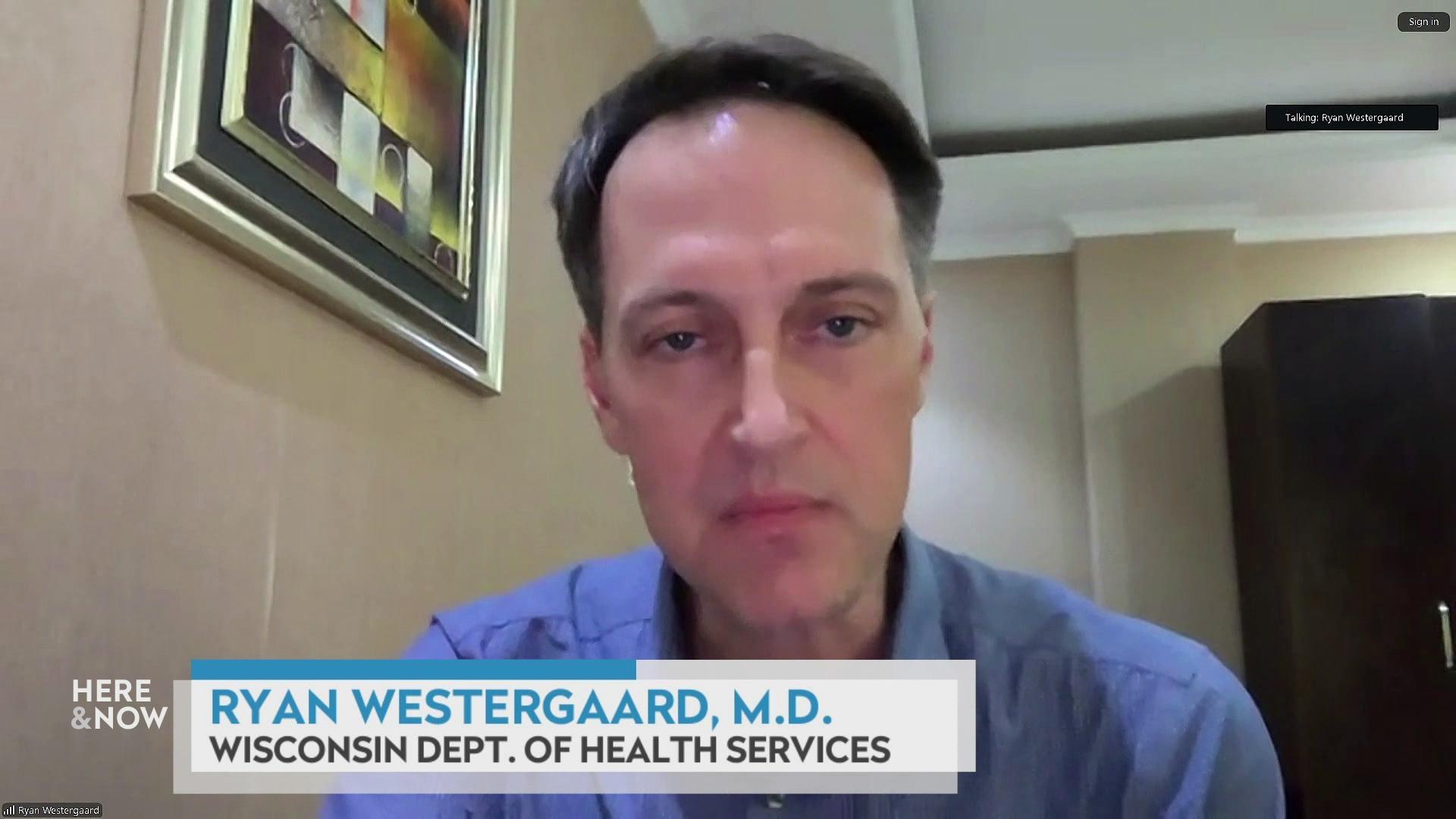
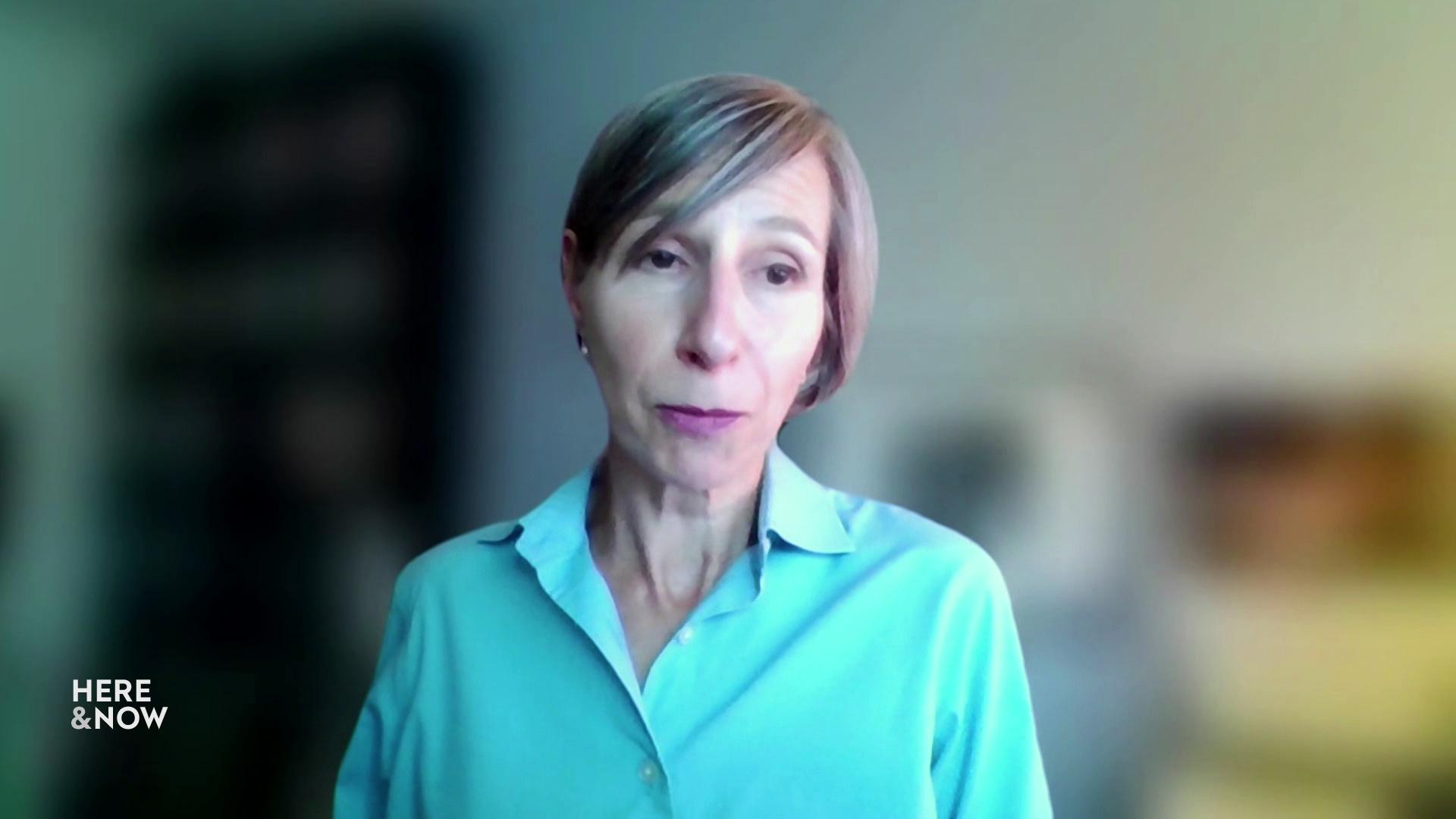
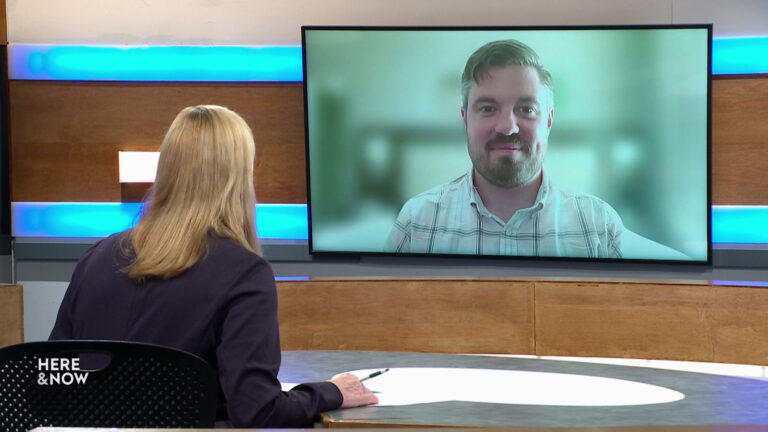
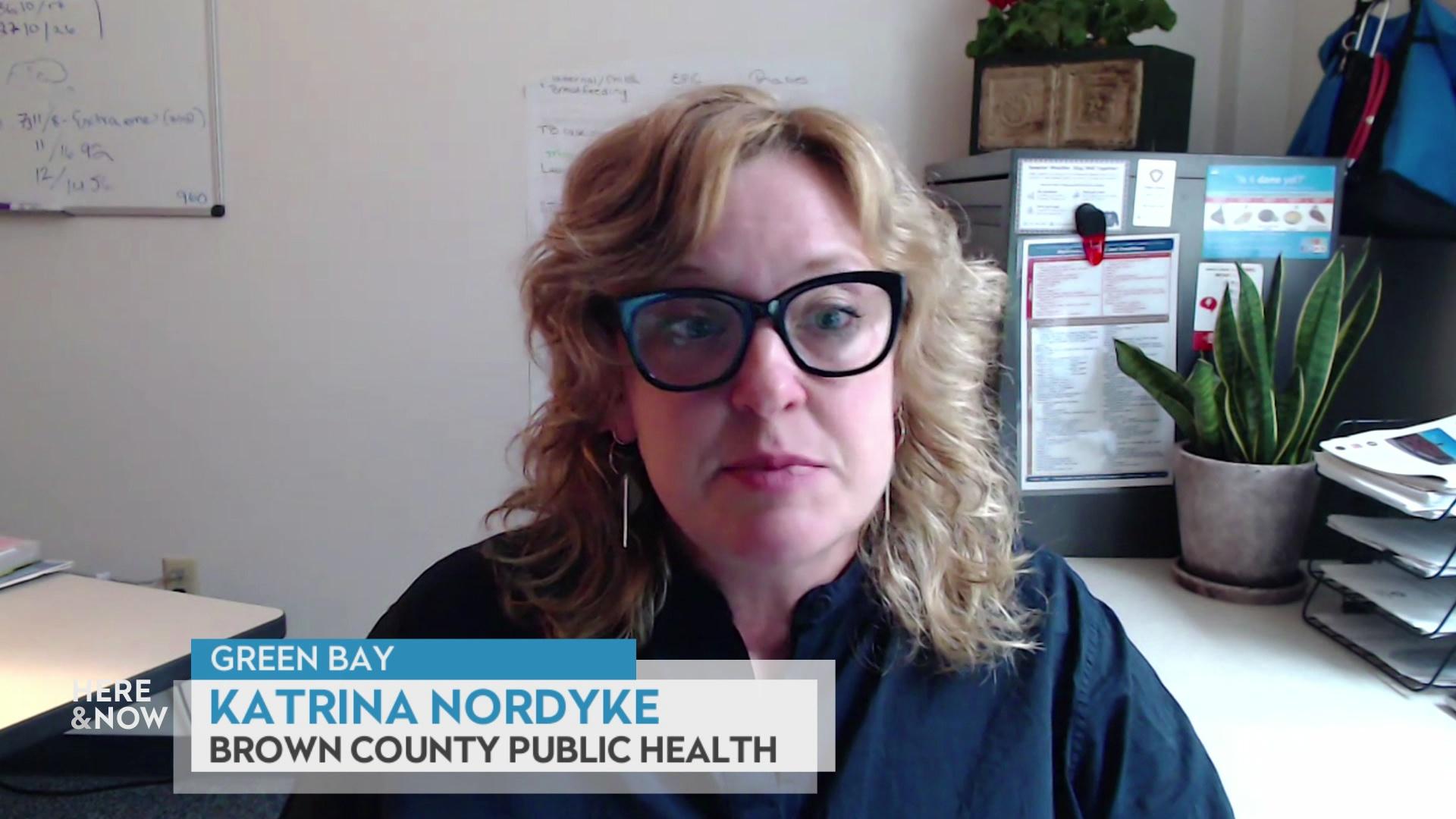
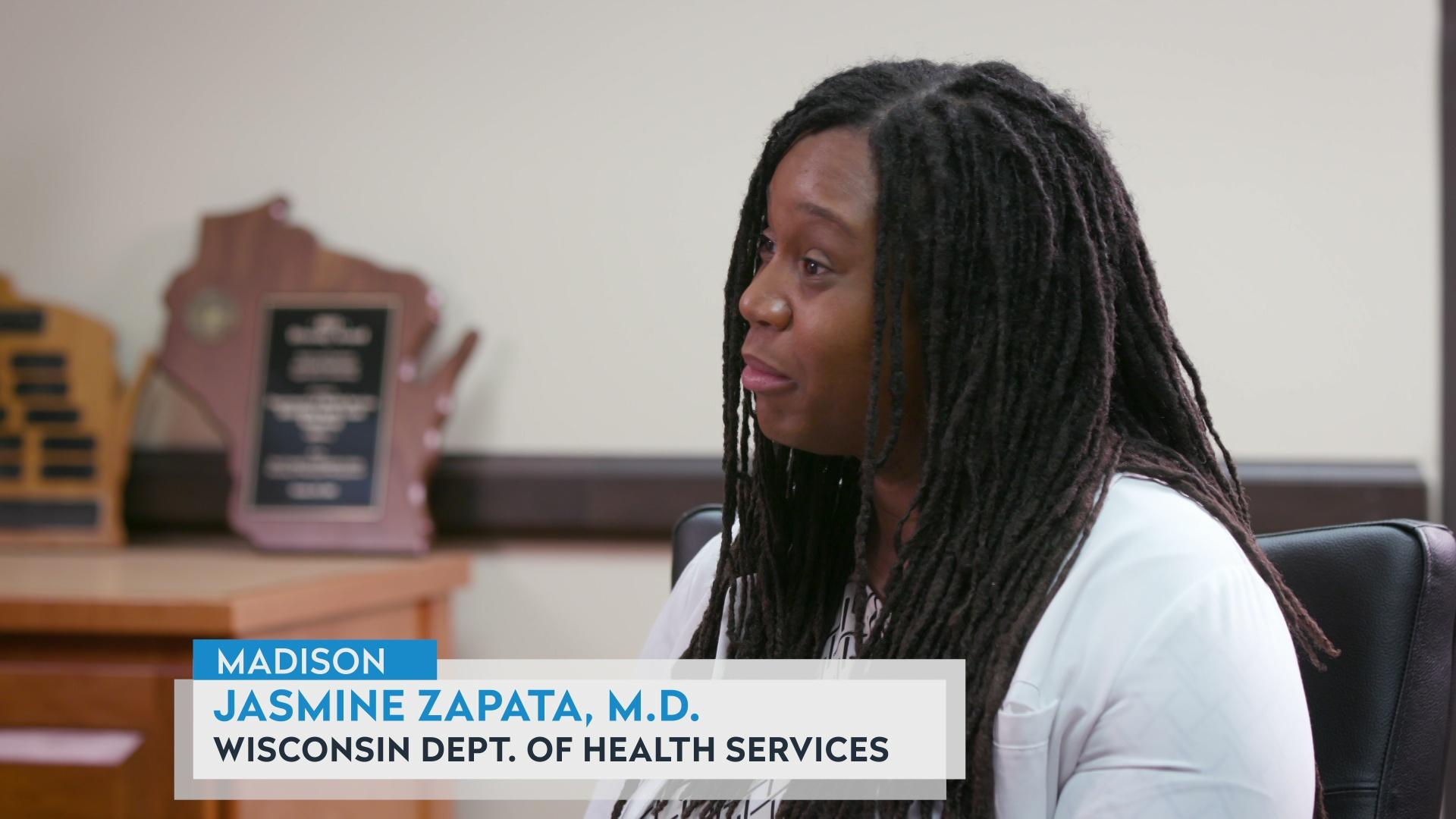
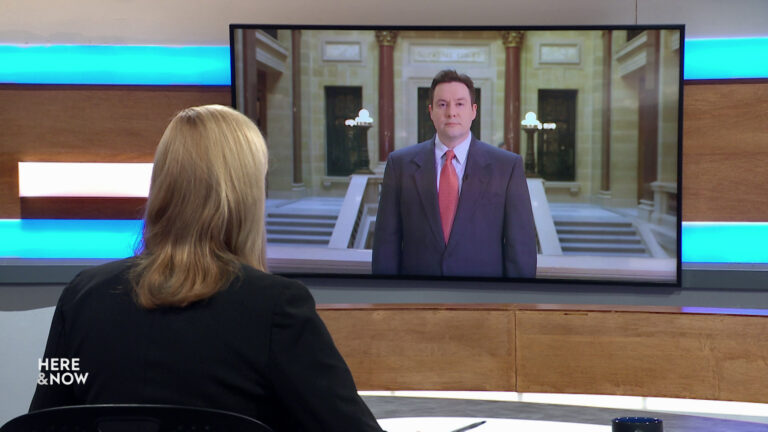

Follow Us